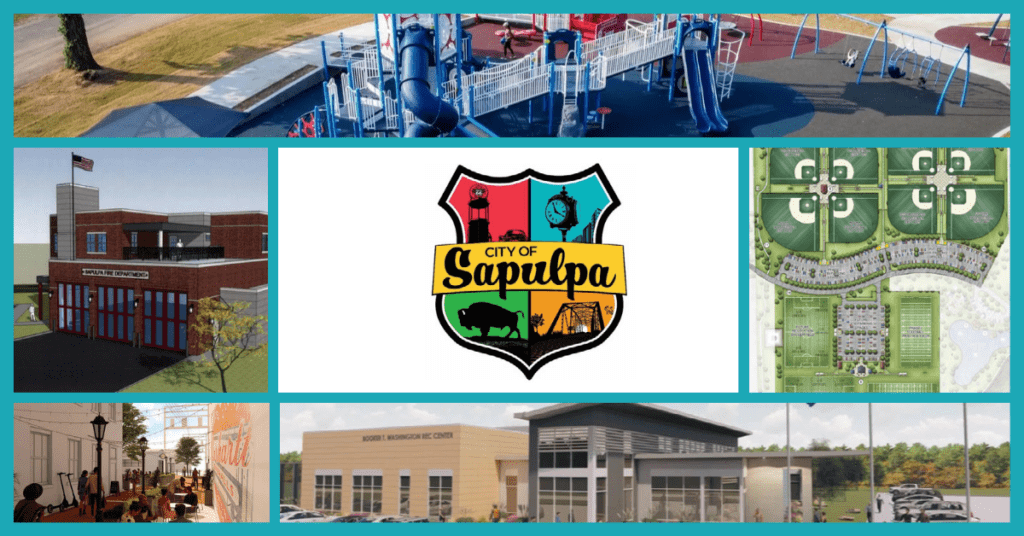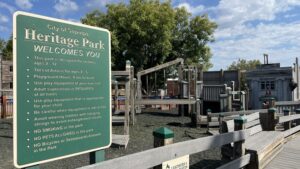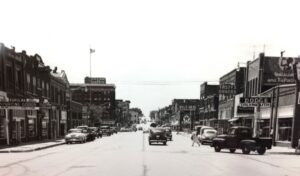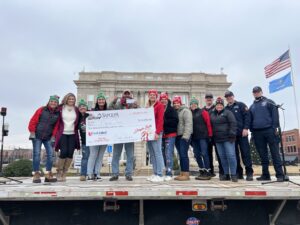The City of Sapulpa’s ISO fire rating was recently lowered from a 3 to an improved 2, based on discussions between the City and ISO on proposals for the new fire training facility and tower.
Chief David Taylor believes that when that crucial project is complete and factors into a new rating, the City will reach the ultimate goal of 1. This will significantly lower insurance costs for everyone within City limits.
This exciting update was just one among many given to the Bond Oversight Committee by City Manager Joan Riley at a thorough Thursday evening meeting at City Hall.
Related: Need a refresher on the GO Bond? Start here.
Other ongoing or incomplete projects include:
Proposition 1: Streets & Bridges
Of the $10,640,000 approved, $8,300,000 has been drawn down and $447,061 spent.
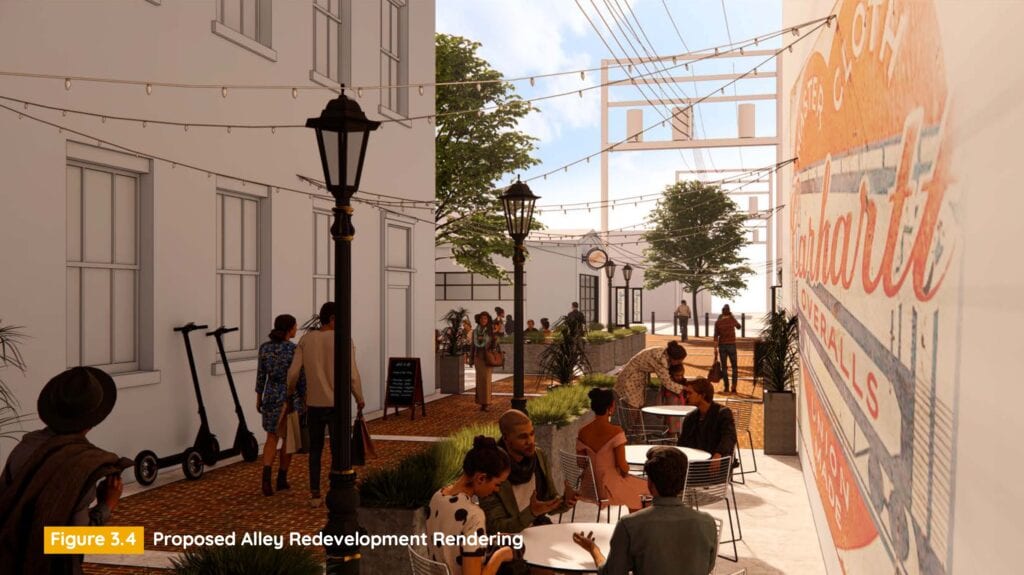
The extension and signalization of Ozark Trail at the junction of Highways 66 and 117 and the widening and signalization at South 49th West Avenue and Highway 117 are both partially complete, and now there is a wait while Right of Way issues, dependent on ODOT, are resolved. At that time, the construction itself can begin in earnest.
Preparatory steps for the widening and resurfacing of East Dewey Avenue from Watchorn to Ruble and Mayfield Street between Thompson and Dewey, including all adjoining intersections, are complete. The project was recently bid out but has not yet been awarded.
Proposition 2: Public Safety
Of the $5,785,000 approved, all has been drawn down, and $2,251,181 spent.
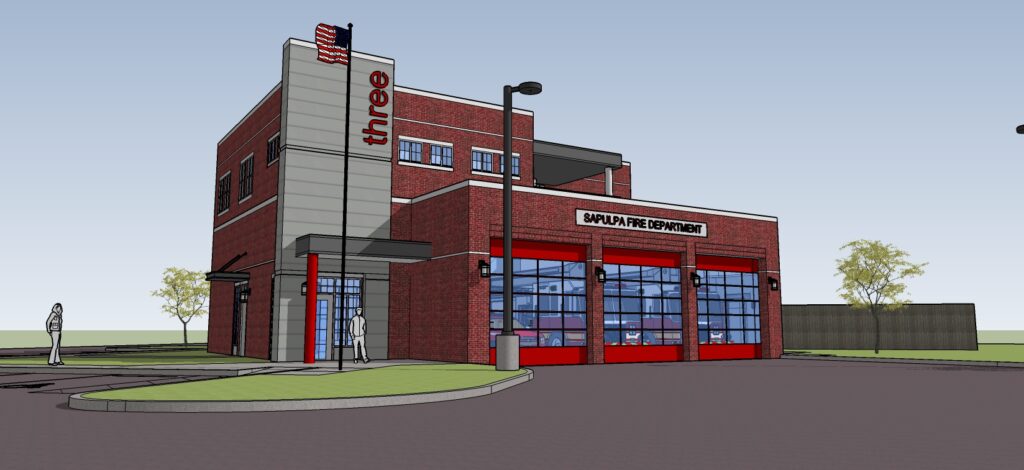
The one remaining police department project involves upgrading the gun range on Hickory and Lonestar Road, which was approved to move forward by City Council at its last regular meeting.
The new Fire Training Center and Tower construction is largely on hold while the pros and cons of whether or not to include the administrative building component now or at a later date, an approximate $600K increase in total project cost, are weighed.
The part currently underway involves the teardown of existing buildings and preparatory dirt work for the eventual construction at the site on West Dewey Avenue.
Proposition 3: Parks
Of the $3,090,000 approved, $2,210,000 has been drawn down and $1,010,889 spent.
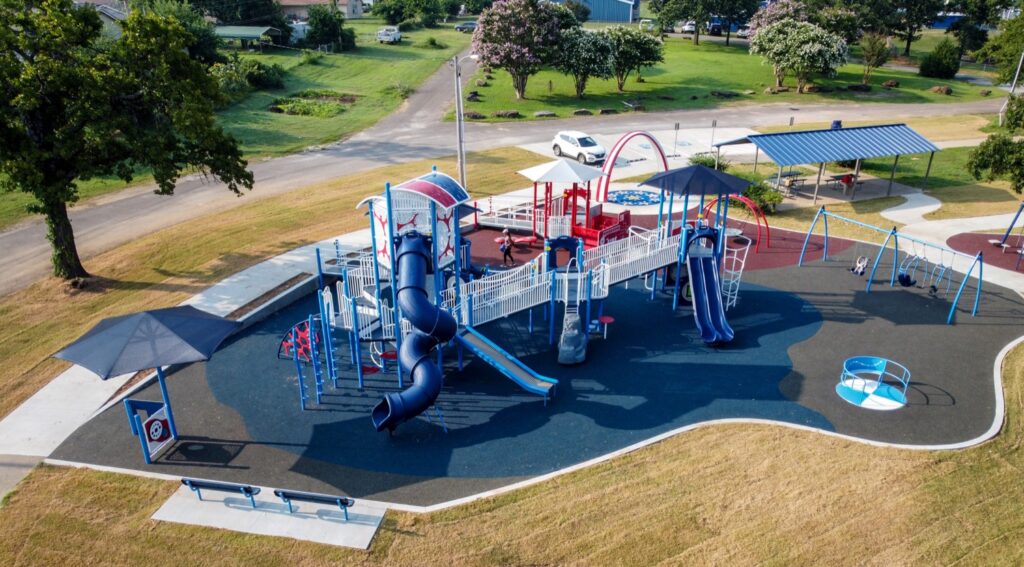
On the McGoy park playground replacement and restroom facility construction, new Parks Director Carson Lynch relayed that he and his team are gathering quotes to confirm the project’s cost. So far totals are coming in higher than expected, at around $127K, so they “are being cautious” and not rushing to make a decision.
Meanwhile, Lynch has applied his considerable expertise in playground safety inspections to analyze all of the City parks’ playgrounds to determine which need full replacement, which need some TLC, and which are satisfactory. Those at Davis and McGoy Parks are in the most dire need of replacement and should be the primary focuses, he advised. Heritage Park, or “the Big Build,” is a close third.
An ongoing task is “to determine what we need” in each City-owned park, facility, lake property, and camp site, concluded Riley. “Our goal is to at least touch every area of the City.”
Proposition 4: Economic Development
Of the $4,000,000 approved, $2,000,000 has been drawn down and $45,770 spent.
Only the issuance policy accounts for the fraction spent. Riley reported that “five or six [deals] are in the works, [with parties] talking, buying, or showing different levels of interest [in doing business in Sapulpa]. We should start seeing some movement there soon.”
She and Economic Development Director Mark Lawson remained mum on details, but intimated that evening and at past meetings that projects may involve strategic investments in key property, incentives offered to restaurants and businesses new to Sapulpa, a new hotel on Highway 66, and long-term cleanup efforts in Townwest.
Proposition 5: BTW Recreation Center
Of the $8,500,000 approved, $100,000 has been drawn down and $77,683 spent.
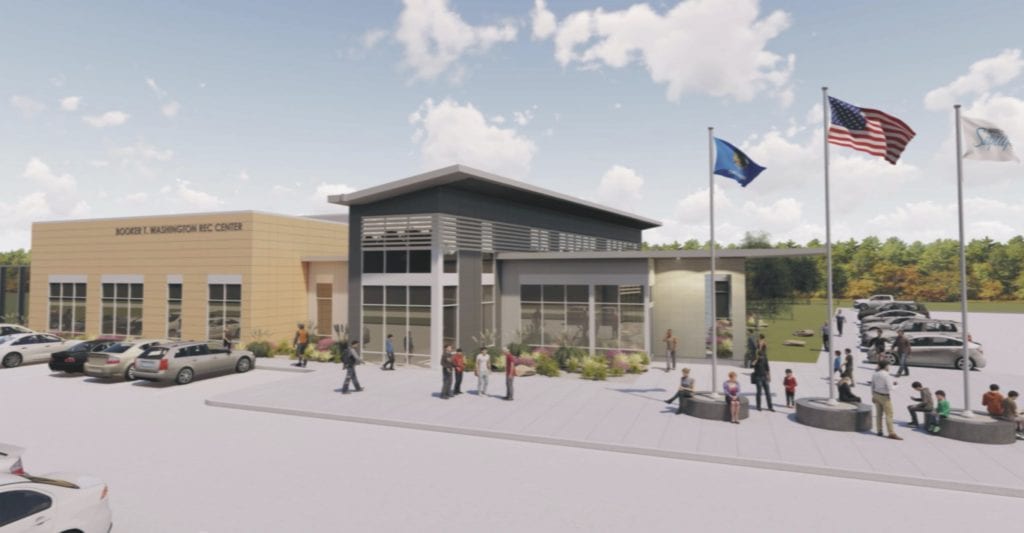
As previously reported, the demolition and replacement of the historic structure and improvements to Gray from Dewey to Line are unofficially expected to be the last piece of the bond issue to be completed, for various reasons, primarily projected millage rates and the high cost of the project.
$1M was earmarked for the road improvements. The remaining $7.5M was originally estimated to be sufficient to finish the entire new facility, including two regulation-sized basketball courts that would allow the City to host revenue-generating and economically stimulating AAU tournaments. However, the final feasibility study deemed that amount about $3M short of achieving the intended goal.
A large portion of Thursday’s meeting was spent discussing the shortfall and whether or not citizens would be better served by getting a smaller, less functional recreation center than requested and adhering to the numbers calculated what is now almost three years ago, or if a funding solution should be found that would allow the project to be created as promised.
The consensus from the committee was that the new facility encompasses more than just gyms and a track, rather, it must be supported as a quality of life piece for the community. It was also agreed that BTW is the indoor counterpart to the outdoor youth sports complex south of town.
Riley reported that she spoke to both the Administration and Finance and Public Works Committees about paying for the road improvements to Gray from the regular City budget, and that they agreed to that, thereby freeing up that $1M for the main construction fund, which brings the total shortage down to $2M.
Several promising options to make up the shortfall were broached and will be revisited at future meetings and in talks with the City’s bond counsel and financial advisors.
Proposition 6: Sports Complex
Of the $8,220,000 approved, $2,355,000 has been drawn down and $128,606 spent.
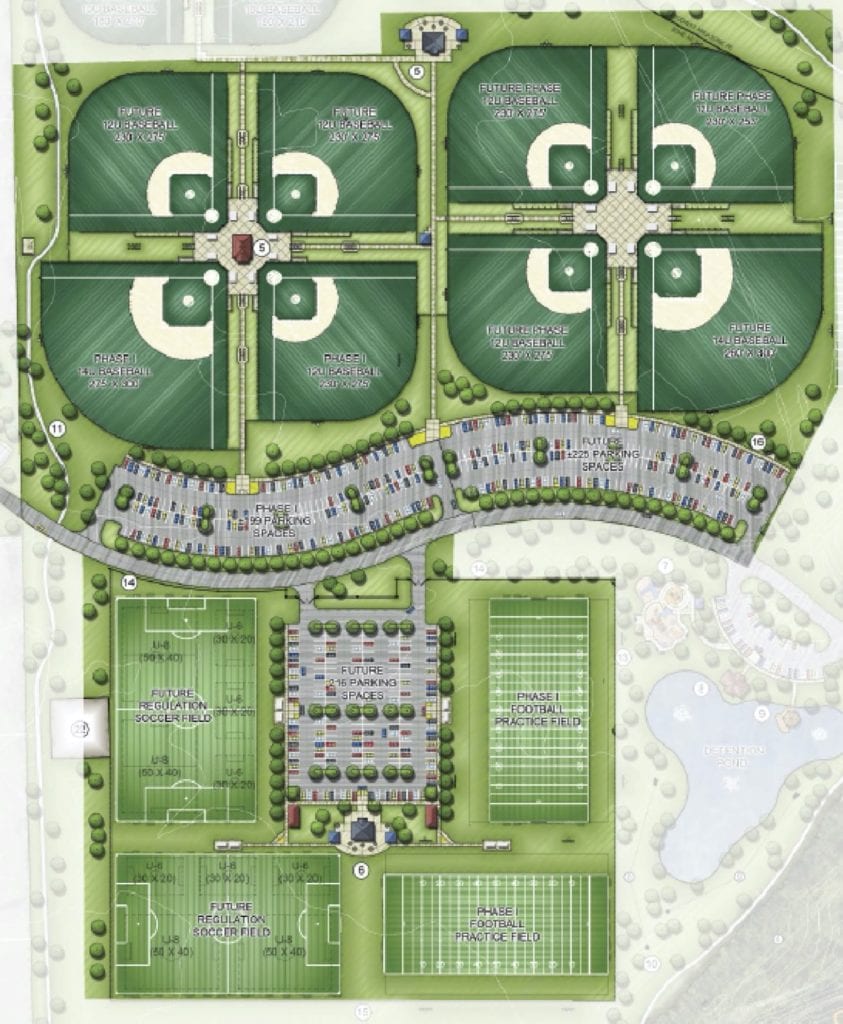
Though a significant portion of the facility is complete, Lynch said that work is still being done on a few baseball and soccer fields, a parking lot expansion, and the entrance to the complex. All but the entrance will be paid for with bond funds, which is being funded by private donations.
At the conclusion of the in-depth meeting, Bill Berry, of American Heritage Bank, commended Riley and other City staff for their commitment to the community and taxpayers through their due diligence and attention to detail with the many moving and complex parts of the Bond Issue.
He emphasized the need for committee members to keep perspective and a “realistic view” as the projects develop and come to fruition and inevitable changes, such as cost escalations, interest rate increases, expanded project scopes, and other factors, both foreseen and unanticipated, materialize.
“As citizens of Sapulpa, it’s unrealistic to expect [all these projects] to pay for themselves. These are quality of life issues. The school doesn’t pay for itself. If that’s our objective, it’s not ever going to happen.” Berry advised the group to continue to think of smart alternate funding sources for cost overruns that are practical, responsible, and utilize the expertise of the City’s bond counsel and financial advisors. “That’s the realistic view we need to keep as we build these projects.”

